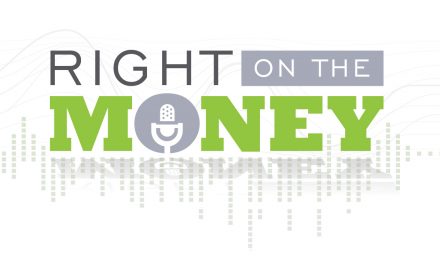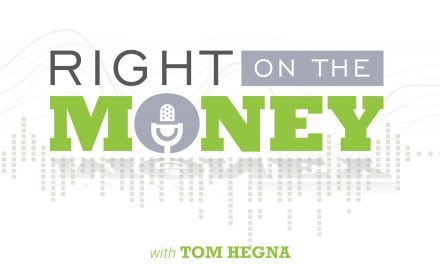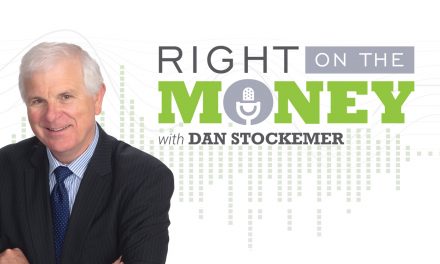Increase Your Retirement Income by Becoming Tax-Savvy
Many new retirees take up hobbies, sports or card games. Some actually become better golfers, artists or bridge players. But if seniors would take the time to learn basic tax management, they could impact their monthly cash flow 10 to 15 percent. So don’t take up a hobby, sport or card games, until you learn to game the tax code. Watch the interview with retirement specialist Steve Bishop.
It’s surprising for most seniors to discover taxes are generally the number-one annual expense in retirement. Most retirees could keep more of their money every month, if they could just learn the basic tax strategies and rules of engagement. Often, CPAs or enrolled agents are reactive, not proactive, regarding taxes. You have to take control of finances, and that includes taxes.
Control Your Income
Create categories of income: taxable, tax-deferred and tax-free. Then create a realistic budget. A budget includes monthly expenses with quarterly and annual spending amortized into monthly payments. You should include vacations, family birthdays and holiday spending. Next, develop a retirement timeline starting at age 59½ to age 100, marking retirement milestones by age: 62, 66, 70, 70½, 85 and life expectancy.
Use Your Exemptions, Deductions and Tax Credits Appropriately
An exemption generally applies to you and your family dependents. Each qualified dependent will receive $4,050 in 2016. For higher-income taxpayers, the exemptions may be phased out. Check with your accountant. The proper use of a tax deduction is to reduce taxable income. Once you’ve used up your deductions, deferring income may become a strategy. Many middle-class taxpayers may qualify for tax credits, which go directly against taxes owed.
Manage Your Required Minimum Distributions (RMDs)
Start managing your RMDs around age 59½ to age 70½, if you think you’ll need tax relief during your retirement distributions. If you convert qualified plan monies to Roth IRAs or cash-value life insurance, first make sure the income from the conversion doesn’t bump you into another tax bracket. Amortizing conversions over a 10-year period can mitigate the current taxable event and pay off later when you generate income from your Roth IRA or cash-value life insurance.
Even with a 10-year timeline, you will likely have unconverted qualified plan monies at age 70½. So investigate three strategies that can modify the tax impact of RMDs. Qualified Longevity Annuity Contracts (QLACs) can delay apportion of your RMDs. Stretch IRAs can lower RMDs. Qualified Charitable Distributions from IRAs go directly to non-profit organizations. The terms and conditions of use for each of these ideas need to be examined before implementing them. Seek out professional retirement guidance.
Syndicated financial columnist Steve Savant interviews retirement specialist Steve Bishop. Right on the Money Show is an hour long financial talk distributed to 280 media outlets, social media networks and financial industry portals.




